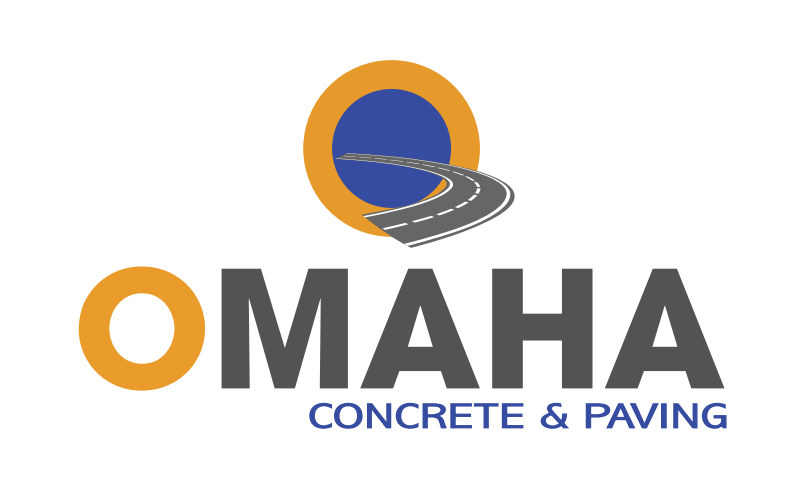How Do You Repair Concrete?
Concrete surfaces can be found in a wide range of situations, and they are frequently chosen not only for their strength but also for their ease of installation. Concrete may be exposed to harsh conditions such as year-round exposure to weather and UV light, as well as heavy use in workplaces where foot traffic and machinery can cause damage.
Concrete floors can be found in warehouses, factories, workshops, garage forecourts, car parks, loading bays, and children's play areas at schools and parks.
Concrete walls can be used as extensions on commercial and industrial buildings, but they can also be used as low walls where paths may cut through the higher ground, such as outside areas and public buildings, to provide a gentler approach for foot traffic.
Concrete is also used to build steps that connect outdoor areas of varying heights and slopes that make these areas accessible to wheelchair users.
Follow the simple seven-step process outlined below by our Concrete Contractorin Omaha to ensure that concrete repair work is done safely, to a high standard, and with long-lasting results.
Before You Begin
At the start of all projects, make sure to:
- Use only clean potable water
- Keep tools clean and well-maintained
Things not to do when repairing concrete:
- Never contaminate the mixture with other chemicals
- Never mix powders from different products
- Never add more water than recommended
- Never mix and apply the product in direct sunlight.
Step 1: Substrate Preparation
Depending on the size of the affected area, mark the defective concrete and then remove it.
A hammer and chisel will most likely suffice for minor patch repairs.
For slightly larger areas, use a hammer drill; for even larger areas, a high-pressure water jet may be required.
Remove concrete to a depth of 155mm behind the main bars, with a cutting angle of 90° to avoid undercutting and a maximum of 135° to reduce debonding around edges.
Before proceeding, ensure that the substrate is sound and no loose material; notify a supervisor immediately if any cracks in the substrate.
Step 2: Reinforcement Preparation
Remove all loose material, including tie wires, mortar/concrete, rust/scale, and any other loose material.
There are three methods of removal:
- Steel wire brush or hand/power tools – this method is only applicable in carbonated concrete and under environmental constraints where techniques two and three are ineffective.
- Abrasive blast cleaning – if chlorides are present, water should be used to clean the reinforcement.
- Water jetting at high pressure – a minimum of 1,100 bar
Step 3: Reinforcement Corrosion Protection
Allow the first coat to harden before applying the second coat in two 1mm thick layers.
Allow the application to dry completely before applying repair mortar.
Corrosion protection can be applied with a hopper spray for large areas or with brushes for smaller areas. In this case, use two brushes at the same time to ensure full application behind the bars.
Step 4: Bonding Primer
Before wiping away excess water, wet the substrate, preferably with a sponge for small areas and air pressure for larger areas.
Use a brush or a hopper gun to apply the primer. To ensure even application behind the bars, point the gun at different angles on the surface.
Step 5: Repair Application
If no bonding primer was used, wet the substrate as directed in step four.
When repairing by hand, use a trowel and/or your hand to press the repair mortar firmly into the repair area. If the application depth exceeds the maximum layer thickness of the product, apply a second layer after the first layer has dried.
Finish with a trowel after profiling the surface. For best results, use a wooden or PVC trowel to finish. Do not splatter any more water on the surface.
When repairing by spray, keep the nozzle 200mm to 500mm away from the surface.
For best results, finish with a wooden or PVC trowel. Ensure that any gaps behind the bars are filled. If a second layer is necessary, the surface should not be too smooth.
Step 6: Mortar Smoothing
Wet and clean the surface with water to prepare it (180 bar). Then, using a toothed trowel, smooth the mortar vertically. The trowel should be held at a 45-degree angle to the surface.
Apply a second layer once the first layer has hardened.
Smooth the surface with a wooden trowel after the product has set (this can take anywhere from 25 minutes to 4 hours).
Step 7: Following Application
Curing the repair will protect it from frost, wind, rain, and sun.
To avoid surface cracking, apply as soon as possible after application.
Curing of other membranes can be done with plastic sheeting, fabric, and water.
If no additional coating is to be applied, an approved curing agent could be used instead.
How Much Does A Concrete Sidewalk Repair Cost?
Concrete sidewalk repairs range in price from $666 to $2,094, depending on the size of your space. Simple repairs can be performed for as little as $1 per square foot—concrete costs about $8.50 per square foot on average.
Depending on the extent of the damage, repairing a sidewalk can cost hundreds or thousands of dollars. The cost of removing and pouring new concrete slabs differs from the cost of trying to repair cracks and other imperfections. Some repairs can be completed by a do-it-yourselfer, while others, more extensive repairs, should be completed by a reputable contractor.
How Much Does a Sidewalk Repair Cost Per Square Foot?
When your sidewalk has a crack or raised portion, it not only looks unsightly but can also pose a significant safety hazard to pedestrians and bicyclists. It's understandable that you'd want to resolve this issue on your own before a friend or neighbor is harmed. However, there are some things to think about before undertaking a DIY project. To begin, make certain that you are, in fact, responsible for repairing the sidewalk, as some of this maintenance may fall on the city government or local township. If it is your responsibility, think about the potential cost per square foot and the type of repair you want to do. Total sidewalk removal and re-pouring concrete can be more expensive than repairing a crack, but it is sometimes worth it for aesthetics and safety.
The cost of a sidewalk slab varies according to square footage, ranging from $5 to $15 per square foot and depending on location and the contractor's rates. Sidewalk projects can range in price from $600 to thousands of dollars, depending on the number of slabs of the sidewalk that need to be repaired.
If, on the other hand, you only need to seal small cracks, this could be a simple do-it-yourself project costing $5 to $100. This project involves pitting, filling holes, cracks with epoxy and does not usually necessitate the assistance of a contractor.
Breakdown of Sidewalk Repair Costs
Don't assume you can't afford a job based solely on the square footage of your broken sidewalk, as size isn't always the most important factor in pricing. For example, a contractor who charges a minimum of $400 for one square of concrete replacement may do ten squares for $1,500 because they are already there with the necessary equipment.
The cost of hiring a contractor includes the contractor's labor, any additional helpers they may require, the concrete itself, the equipment used to remove the broken concrete, and the basic tools and materials used to lay new concrete. Furthermore, if the walkway requires coloring or design, additional tools, labor fees, and associated costs will be incurred.
What Is the Average Cost of Concrete Sidewalk Repair?
At an additional cost, you can give your sidewalk or walkway a fancy upgrade during repair or replacement by adding colors, textures, and designs. The following styles are available, from least expensive to most expensive. Stamped concrete typically costs between $8 and $28 per square foot (as opposed to $5 to $15 for standard concrete).
- Standard concrete with no designs or color added
- Textured, stenciled, bordered concrete
- Standard concrete with no designs or color added
- More advanced techniques, such as saw-cut designs
GET IN TOUCH
Do you require professional help with your project? Get quotes from top-rated Concrete Contractor Omaha professionals in Omaha, NE today!























